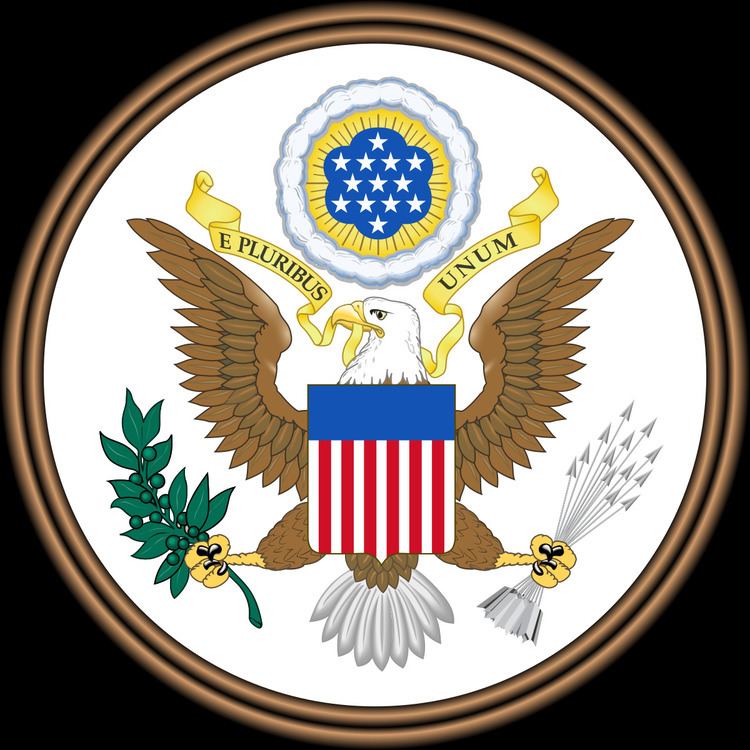Acronyms (colloquial) CDTA, ADAAA | Effective November 18, 1988 | |
 | ||
Other short titles Alcoholic Beverage Labeling Act of 1988Alcohol and Drug Traffic Safety Act of 1988Anti-Drug Abuse Act of 1988Asset Forfeiture Amendments Act of 1988Bureau of Land Management Drug Enforcement Supplemental Authority ActChild Protection and Obscenity Enforcement Act of 1988Comprehensive Alcohol Abuse, Drug Abuse, and Mental Health Amendments Act of 1988Drug-Free Public Housing Act of 1988Drug-Free Workplace Act of 1988Drunk Driving Prevention Act of 1988Federal Aviation Administration Drug Enforcement Assistance Act of 1988Insular Areas Drug Abuse Amendments of 1988International Narcotics Control Act of 1988Justice Department Organized Crime and Drug Enforcement Enhancement Act of 1988Juvenile Justice and Delinquency Prevention Amendments of 1988Minor and Technical Criminal Law Amendments Act of 1988Money Laundering Prosecution Improvements Act of 1988National Commission on Measured Responses to Achieve a Drug-Free America by 1995 Authorization ActNational Narcotics Leadership Act of 1988Native Hawaiian Health Care Act of 1988Public Housing Drug Elimination Act of 1988Truck and Bus Safety and Regulatory Reform Act of 1988Uniform Federal Crime Reporting Act of 1988Urgent Supplemental Appropriations Act of 1989 Long title An Act to prevent the manufacturing, distribution, and use of illegal drugs, and for other purposes. Nicknames Anti-Drug Abuse Amendments Act of 1988 Enacted by | ||
The Chemical Diversion and Trafficking Act of 1988 was an amendment to the Controlled Substances Act to regulate precursor chemicals, essential chemicals, tableting machines, and encapsulating machines by imposing record keeping and import/export reporting requirements on transactions involving these materials. Prior to these restrictions being put in place, the U.S. had been the primary source of chemicals used in South American cocaine manufacture. According to the DEA, the Act sharply reduced these precursor exports and cocaine manufacturers responded by purchasing from chemical suppliers outside the U.S. The U.S. in turn successfully lobbied for inclusion of chemical controls in the 1988 United Nations Convention Against Illicit Traffic in Narcotic Drugs and Psychotropic Substances, which included two Tables of controlled precursors.
Contents
Short Title
The subtitle is cited as the Chemical Diversion and Trafficking Act of 1988.
